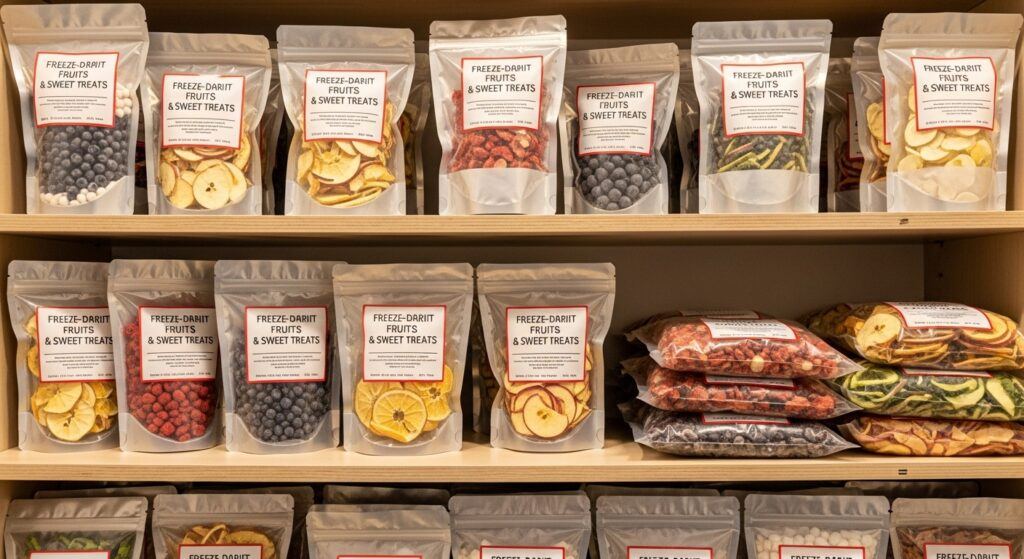
❄️ Freeze-Dried Fruits & Sweet Treats
❄️ Introduction to Freeze-Drying: Preserving Nature’s Freshness Freeze-drying is one of the most advanced —…
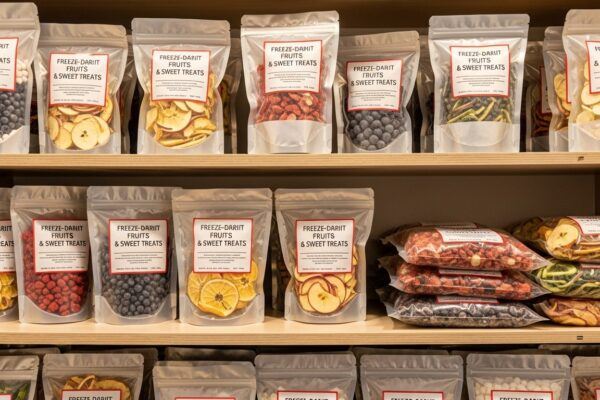
❄️ Introduction to Freeze-Drying: Preserving Nature’s Freshness Freeze-drying is one of the most advanced — yet surprisingly simple — ways to preserve food for the long term. Unlike canning or dehydrating, freeze-drying removes moisture while keeping the food’s structure, flavor, and nutrients nearly intact. The result is light, crisp food that can last 20 to…
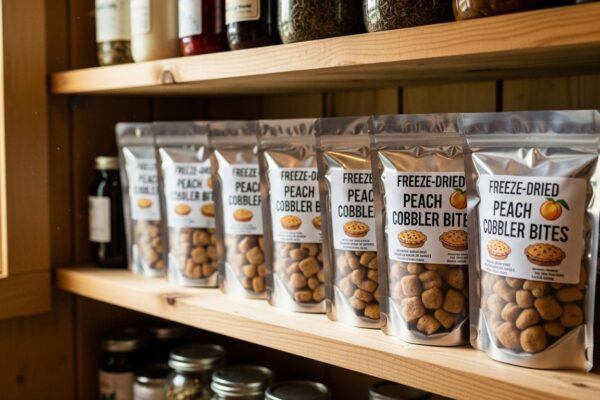
A Taste of Summer You Can Store for Years 🧭 Freeze-Drying Basics There’s nothing quite like the taste of ripe summer peaches — and with freeze-drying, you can preserve that sunshine sweetness for decades. This method removes moisture while keeping color, nutrients, and natural flavor intact. These Freeze-Dried Peach Cobbler Bites capture the best of…
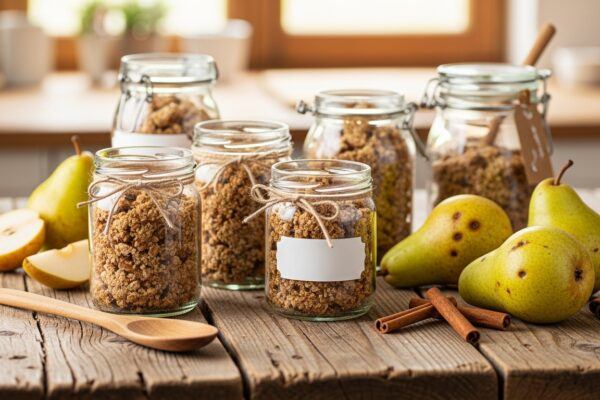
A Delicate, Fragrant Snack from the Homestead 🧭 Freeze-Drying Basics Pears are one of the most rewarding fruits to freeze-dry. Their subtle sweetness intensifies as moisture is removed, and when paired with vanilla and warm spices, they become a light, crisp treat that tastes like autumn. Freeze-drying pears helps preserve their flavor, texture, and nutrition…

A Sweet and Satisfying Snack for Every Season 🧭 Freeze-Drying Basics Freeze-drying transforms fresh bananas into light, crunchy chips that retain their natural sweetness and nutrients. By adding a touch of chocolate, you can turn a simple fruit into a shelf-stable indulgence. Unlike dehydrating, freeze-drying removes nearly all moisture without heat, preserving both flavor and…

A Long-Lasting Way to Capture Fresh Flavor & Nutrition 🧭 Freeze-Drying Basics Freeze-drying berries locks in vibrant color, nutrients, and flavor while removing all moisture — giving you a lightweight, powder-ready ingredient that lasts for years. It’s one of the best ways to preserve fruit for smoothies, baking, and emergency storage. Whether you’re off-grid, stocking…

A Lightweight, Energy-Packed Snack from Your Freeze Dryer 🧭 Freeze-Drying Basics Freeze-drying turns fresh fruits and nuts into crisp, nutrient-dense snacks that store beautifully for years. For off-grid living or long-term storage, a good trail mix delivers both flavor and energy — no refrigeration, no spoilage, and no waste. By combining freeze-dried tropical fruits with…
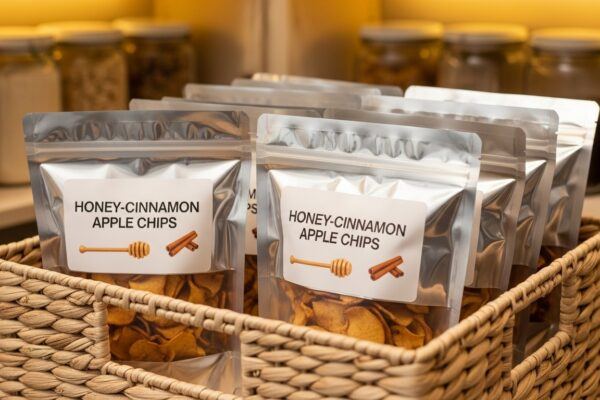
Crisp, Naturally Sweet, and Perfect for the Off-Grid Pantry 🧭 Freeze-Drying Basics Freeze-drying apples captures all the sweetness and fiber of fresh fruit while creating a light, crunchy snack that lasts for years. Unlike dehydrating, freeze-drying locks in nutrients, color, and shape — making it ideal for preserving orchard harvests long after the season ends….
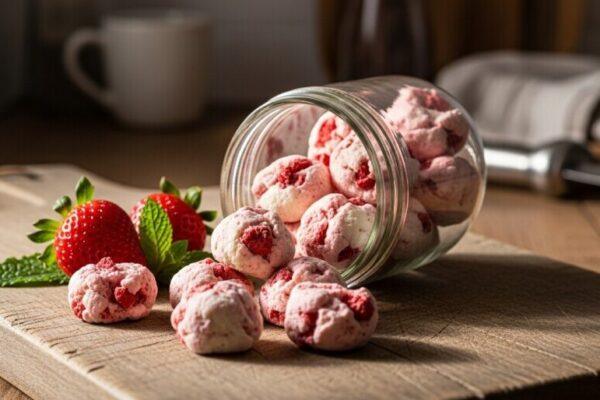
A Sweet, Healthy Treat Made to Last 🧭 Freeze-Drying Basics Freeze-drying is one of the most efficient ways to preserve fresh food without losing flavor or nutrients. By freezing and then gently removing moisture in a vacuum chamber, the process keeps food light, crisp, and shelf-stable for years. It’s a perfect off-grid preservation method —…
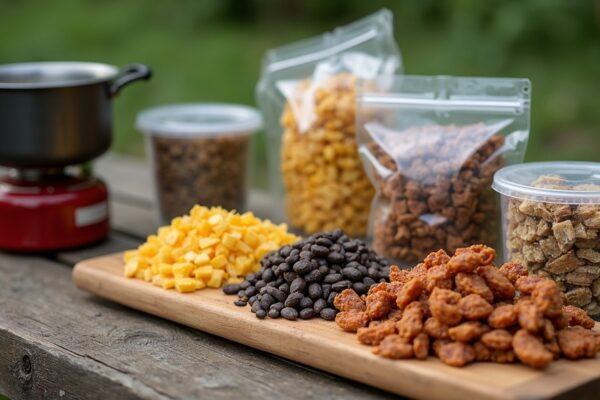
If you love having great food on hand no matter what life throws your way, a Harvest Right Freeze Dryer has probably caught your eye. From emergency food prep to preserving bumper crops from my garden, this machine gives me a lot of freedom. I dry everything from strawberries and kale to full chili dinners,…

Before glass jars and electric refrigerators, ancient civilizations mastered the art of storing food naturally. Their tools—clay pots, amphorae, and wooden barrels—were more than simple containers; they were vital preservation technologies that kept food fresh for months and even years. The Role of Early Storage Vessels Beyond preservation methods like drying or salting, ancient people…